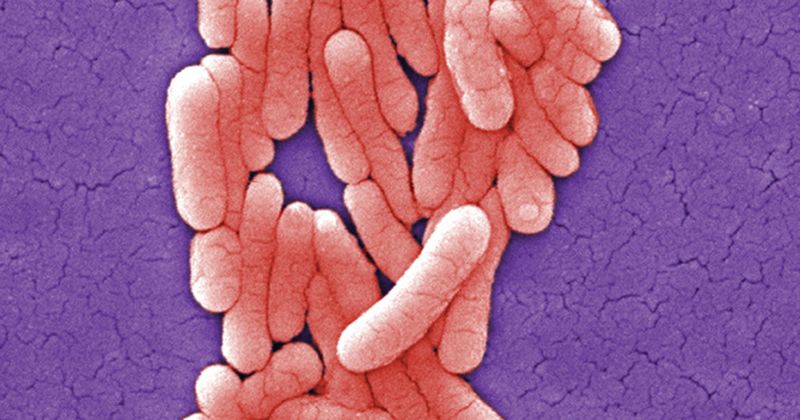Infants with salmonellosis experience 'substantial illness,' surveillance data show
Key takeaways:
- Infants continue to experience significant morbidity from salmonellosis, including gastrointestinal and invasive illness.
- The incidence of disease has increased since the mid-2000s.
Cases of salmonellosis continue to cause significant morbidity in infants, according to an analysis of surveillance data published in Pediatrics.
Salmonella enterica is estimated to cause more than 1 million illnesses and 26,000 hospitalizations annually in the United States, and salmonellosis — the bacterial disease resulting from it — is acquired through consumption of contaminated food or water, or from contact with an animal, person or the environment, co-author Julie L. Self, PhD, MPH, team lead in the CDC’s Division of Tuberculosis Elimination and formerly of the agency’s Division of Foodborne, Waterborne and Environmental Diseases, said in a video abstract that accompanied the study online.


In an interview, she told Healio that “Salmonella enterica causes substantial illness in the United States, and infants experience more salmonellosis than other age groups. However, we don't really know very much about the characteristics of infants with salmonella, or the factors that contribute to more severe and invasive infections and infants, so we wanted to further explore that to identify potential areas to reduce the burden of salmonellosis that infants experience.”
Self and colleagues examined passive national surveillance data from 1968 to 2015, and active sentinel surveillance data from 1996 to 2015 for culture-confirmed Salmonella infections.
“Infants with stool specimen sources were classified as having gastroenteritis, blood as bacteremia and cerebrospinal fluid as meningitis,” Self said in the video abstract. “The incidence of each syndrome increased during the late 1970s to 1980s, declined during the 1990s to early 2000s and has gradually increased since the mid-2000s.”
Ultimately, the researchers found 190,627 reports of culture-confirmed Salmonella infections in infants from 1968 to 2015. Of these, 165,236 (86.7%) were classified as gastroenteritis, 6,767 (3.5%) were bacteremia, 371 (0.2%) were meningitis and 18,253 (9.7%) were “other or unknown specimen sources.”
Self noted in the video abstract that there was a higher rate of invasive illness among infants identified as Black and Asian than white.
All syndromes of salmonellosis are associated with substantial morbidity among infants,” she continued, also noting that infants with gastroenteritis had the highest number of hospitalization days and infants with bacteremia had the largest mortality burden.
She added that the most effective control measure might be to decrease Salmonella contamination of food, surfaces and from people experiencing illnesses to their well peers.
“Even though there is plenty that we are still learning about Salmonella in infants, we do believe that many infants probably become infected in the home,” Self said. “Further research is needed to identify modifiable risk factors for preventing infections in the future.”
